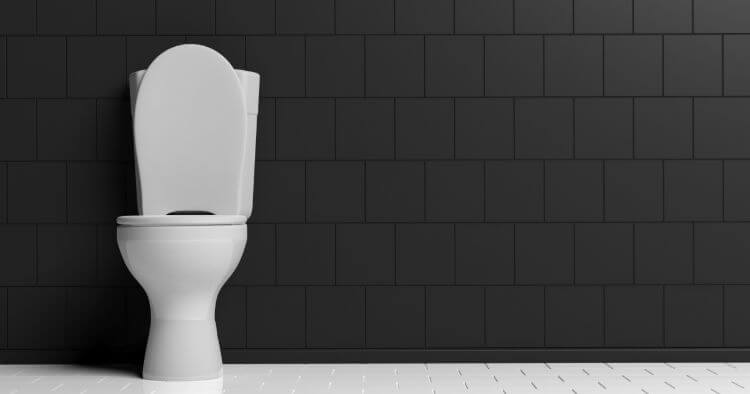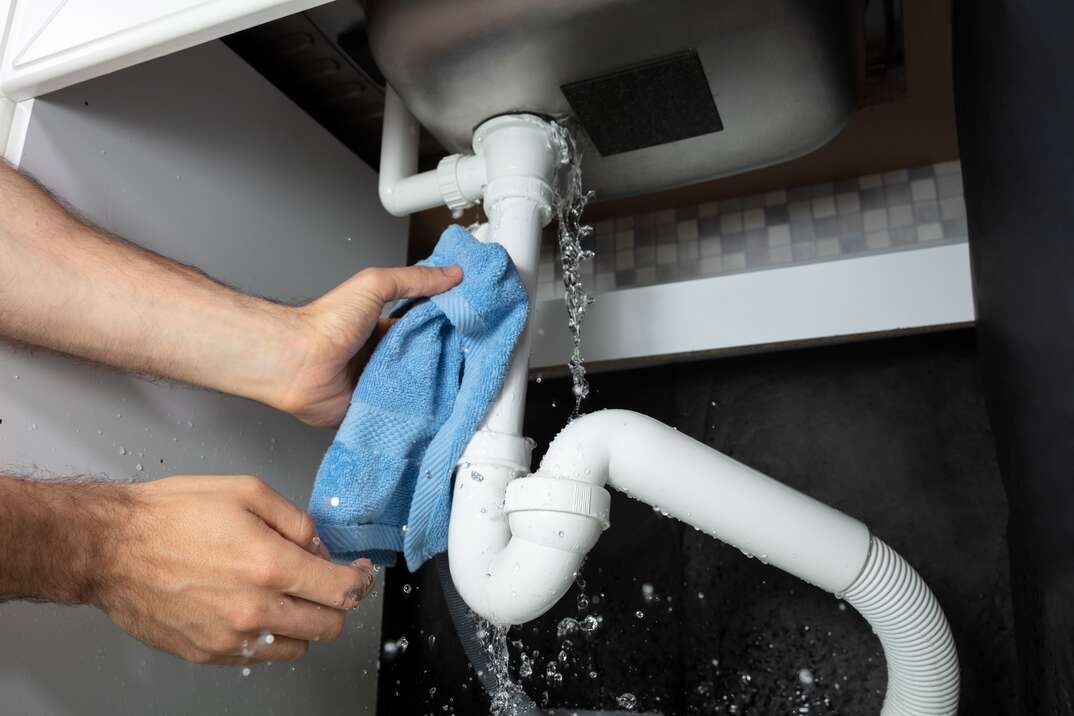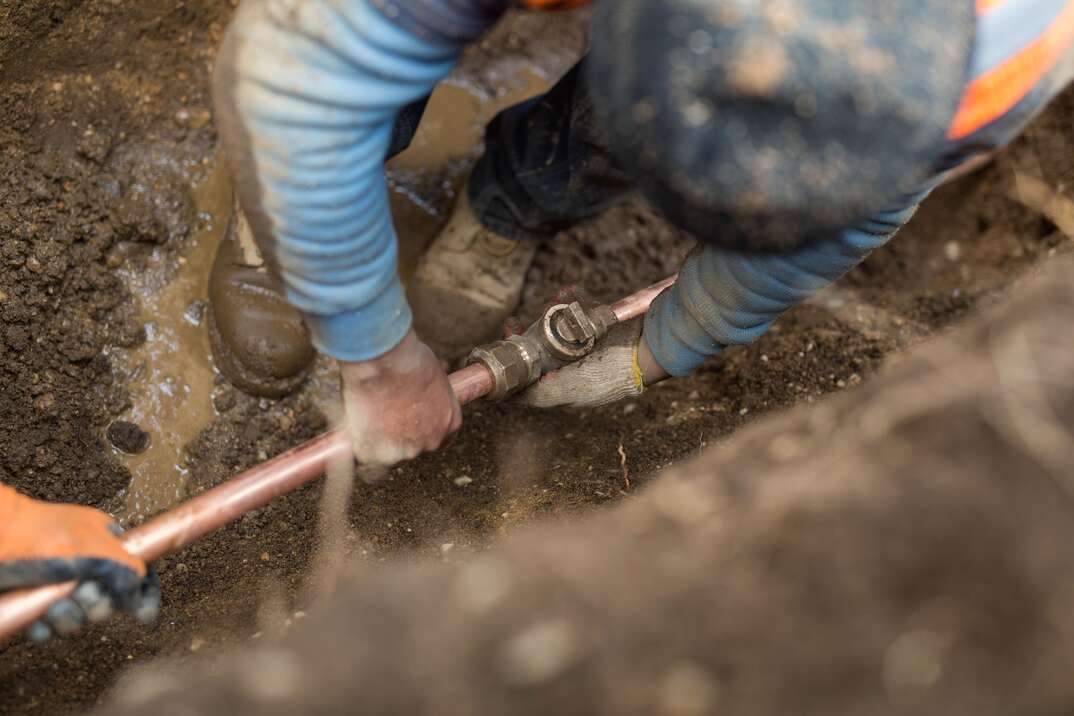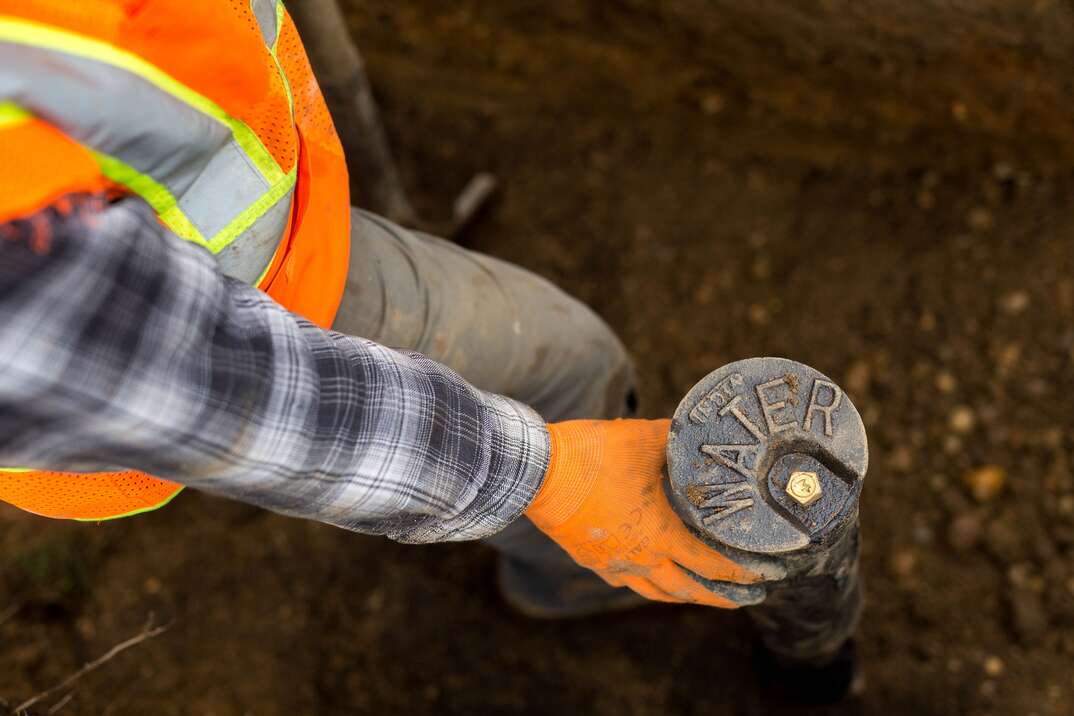Ever wonder what a composting toilet is?

Have you ever considered how much water goes into operating your toilets? According to the Environmental Protection Agency, they account for nearly 30 percent of an average household's indoor water consumption. Older toilets without the EPA's WaterSense seal of approval can use as much as six gallons per flush. (Wow, that’s a lot of water!)
In the interest of conserving water at home, you can invest in more efficient toilets for your bathrooms. But what if you could take those savings even further? Composting toilets eliminate flushing altogether, making them a superior option for environmentally friendly homes.
What is a composting toilet?
Composting toilets use natural decomposition and evaporation processes to recycle human waste into a soil-like material that's similar to humus or fertilizer. Similar to the process of composting food, these toilets use aerobic bacteria to break down the waste. They're installed directly above waste-collection chambers so that, instead of flushing, you can add carbon-rich items - such as wood shavings, leaves or mulch - to help break down the waste. Most people keep a bucket of these materials next to their compost toilets, so they can easily add a scoop after each use.
Once fully composted, the output can be used in gardens or added to another outdoor compost pile. Alternatively, a licensed septic hauler can collect the compost.
Are there different types?
You can choose from various brands of composting systems, but in general, there are two different kinds of composting toilets: self-contained and central. The former combines the toilet and composter in one smaller unit, while the latter connects the toilets to a separate composter, which may live in the basement or outside. HowStuffWorks notes that central composting toilet systems are usually slightly more expensive than self-contained ones because of their higher capacity.
Learn More About Home Repair Plans Near You
Both of these composting toilets look similar to traditional commodes, so you don't have to worry about it clashing entirely with your bathroom decor.
What are the pros and cons of composting toilets?
They certainly aren't for everyone, but there are some definite benefits to these flush-free toilets. The significant decrease in water usage takes a large chunk out of your monthly bills and carbon footprint. Plus, there's the potential to recycle the byproduct as natural fertilizer in your garden. What's more, compost toilets don't require plumbing, which means you can install them in places that don't have water or septic systems.
On the downside, composting toilets require a different kind of maintenance than traditional systems, such as emptying the waste-collection chamber on a regular basis. (Talk about a dirty job!) Plus, some systems do a better job at masking odors than others. You'll definitely want to look up reviews before choosing which composting toilet to buy.
While you can go as green as humanly possible with composting toilets, there are still some home appliances and systems that follow more traditional plumbing principles. You may want to consider a home warranty plan to prepare for unexpected home repair hassles.
Being prepared for home repairs is always a good strategy. See how plans from HomeServe can help with the costs of covered repairs.




